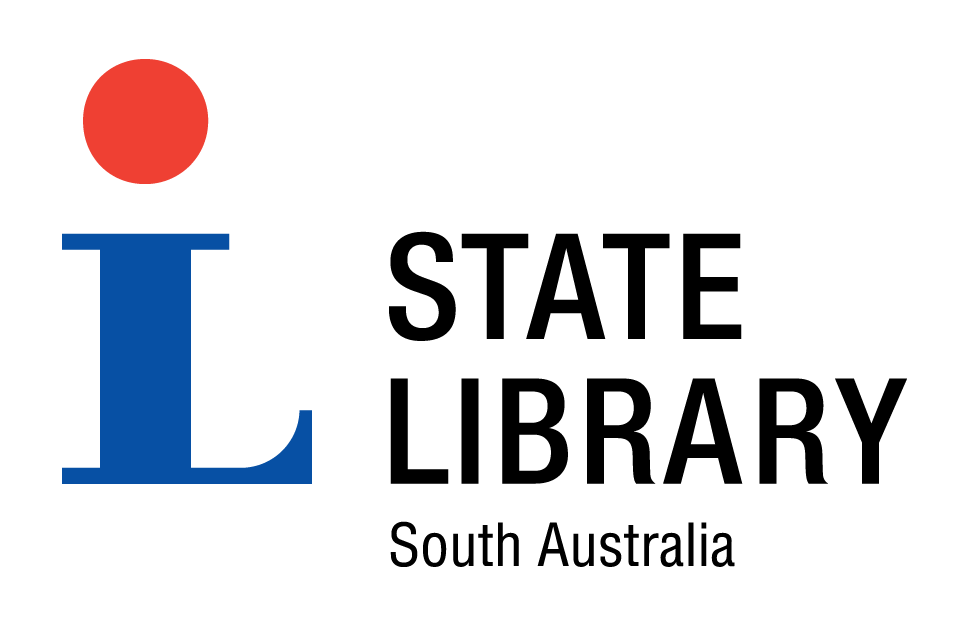
Chapbook |
|||
|---|---|---|---|
| Title : | Chapbook |
 View More Images
View More Images
|
|
| Source : | Death and burial of Cock Robin | ||
| Place Of Creation : | Banbury,England | ||
| Publisher : | Printed by J.G. Rusher | ||
| Date of creation : | [ca. 1815] | ||
| Additional Creator : | Rusher, John Golby, 1784-1877 | ||
| Format : | Pamphlet | ||
| Contributor : | State Library of South Australia | ||
| Catalogue record | |||
| The State Library of South Australia is keen to find out more about SA Memory items. We encourage you to contact the Library if you have additional information about any of these items. | |||
| Copyright : | Reproduction rights are owned by State Library of South Australia. This image may be printed or saved for research or study. Use for any other purpose requires permission from the State Library of South Australia. To request approval, complete the Permission to publish form. |
| Description : |
Chapbooks may have been the only reading material poor people could afford to buy. Originally they were intended for adults and contained religious or political tracts, in particular relating to the English Civil War. Later they contained more general reading material, including the barest story outline for novels such as Robinson Crusoe, Don Quixote, and Pilgrim's Progress. Chapbooks were flimsy, cheap and readily available, distributed throughout the British Isles by chapmen, known as the 'running stationers' or itinerant pedlars. The word 'chap' is derived from the Old English 'ceap' meaning barter or bargain. Chapbooks could be purchased for only a few pennies and so were affordable by all except the very poorest people. They date back to the 16th century and were published into the 20th century, but their peak was the 19th century, particularly those for children. Versions for children were very quickly produced and included adaptations of fairy stories as well as traditional English tales such as Robin Hood, Jack the Giant Killer and Dick Whittington, as well as nursery rhymes that are still familiar today. In fact, it is largely because of chapbooks that these stories and rhymes were preserved for today's generations, as the oral traditions of storytelling were put into print. Chapbooks were for many the only source of imaginative literature. Chapbooks were produced as a flat sheet, and some folding and then cutting were required from the buyer to produce a small booklet of eight to 16 pages. Because the little books were produced as cheaply as possible, there are certain crudities in the printing that would not be expected in more expensively produced books. Although the page numbers on the flat sheet appear to have no logical sense, when correctly folded the pages are then sequential. A further attraction of the chapbooks was their illustrations. Although crude by our standards today, and un-coloured, the concept of an illustration per page was attractive. The woodblock illustrations were frequently interchangeable, with the same figure doing service for a variety of people and objects. |
| Subjects | |
| Further reading : | Opie, Iona. Nursery companion, Oxford; New York: Oxford University Press, c1980 Tuer, Andrew W. Pages and pictures from forgotten children's books, London: The Leadenhall Press; New York: C. Scribner's sons, 1898-9 Weiss, Harry B. A book about chapbooks; the people's literature of bygone times, Hatboro, Pa., Folklore Associates, 1969 |
| Internet links : |


